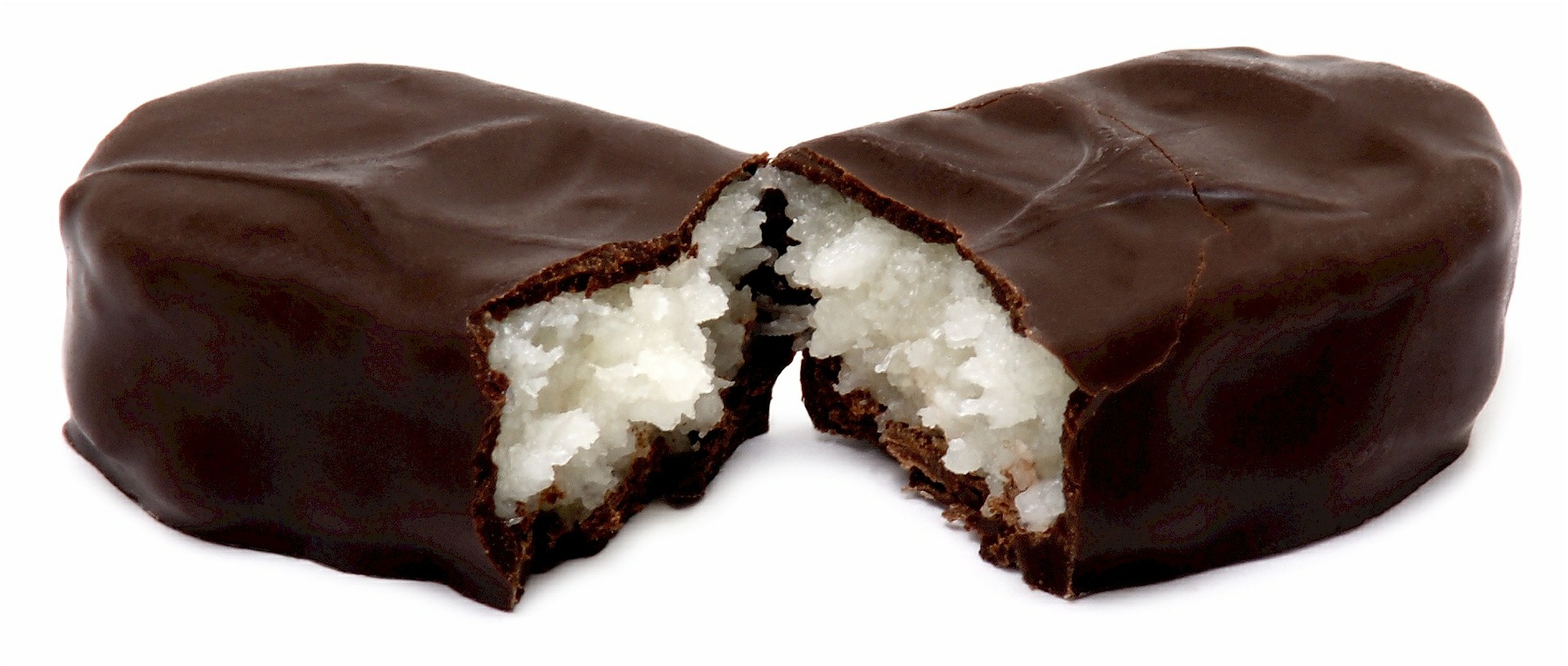Coconut is one of my favorite flavors, and given the popularity of coconut candy around the world, I’m not alone. Coconuts grow in a wide variety of places and can be found in the Caribbean, Madagascar, and Hawaii. They spread mostly by human intervention who brought the fruit/seed/nut on long travels for food and water. Naturally sweet, coconuts make delicious candy, as you’ll see in these four examples.
Mexico
Let’s start in Mexico. Known as Limones Rellenos De Cocada, these sweets can be found for cheap from street vendors in places like Vera Cruz and the Yucatan. They were apparently Frida Khalo’s favorite dessert. So, what are they? Candied lime peels stuffed with sugared coconut. To prepare the limes, you scoop out the flesh and give them a quick boil in sugar. The coconut is also boiled, but in a separate pot, with water and sugar. Finish by stuffing the coconut into the lime skins, and enjoy! The lime skin is still a little sour, with a fresh citrus taste, while the sugary coconut pulp is a little chewy.
Vietnam
Our tour of coconut candy around the world now takes us across the ocean to Vietnam. The Ben Tre Province is nicknamed “the land of coconut,” so it makes sense that it would produce a coconut candy. There, it’s called keo dua. Grated coconut flesh is pressed hard, so the milk and cream is extracted. Malt syrup and sugar is added to this milky-cream, and then heated and stirred. Eventually, the mixture becomes caramelized, and when at the perfect texture, it’s strung into molds and cooled. Now in candied coconut strings, the keo dua is wrapped up. The Ben Tre region is home to over 100 coconut candy producers, so it’s a thriving business.
Eastern Africa
In Eastern Africa, which includes Kenya, Uganda, and Tanzania, street vendors sell kashata. This coconut candy is made with grated coconut, sugar, water, and a spice like ground cardamom. Often, peanuts are included, as well as saffron for color. It’s often compared to peanut brittle, but it’s a bit softer.
North America
Macarons originated in Italy. The main ingredients were almond paste, almonds, and egg whites and sugar. The French perfected it, however, giving us the fancy-looking sandwich cookie. In North America, the almond paste was replaced with coconut. This was because coconut traveled much better on long voyages. The original “macaron” and American coconut “macaroon” are very different. Coconut macaroons are lumpier and not made in a sandwich style. They are very popular at Passover, which was a result of a marketing campaign that kosher companies took on in the 1800’s. Today, you can find countless variations, including chocolate-dipped macaroons.

Mounds bars were invented in 1920 and originally sold for 5 cents.
We would be remiss to not talk about Mounds bars in our exploration of coconut candy around the world. The Mounds was invented in 1920 and originally sold for 5 cents. It eventually became the iconic two-piece candy and sold for 10 cents after WWII. The Almond Joy, which is basically Mounds with almonds, came out in 1946. In 1988, Hershey’s bought the company that made Mounds, Almond Joy, and York Peppermint Patties for $300 million, which is over $600 million in today’s money. If you live outside the US, you can find Bounty bars from Mars, Inc. These are almost identical to Mounds.
———–
A handful of the coconut candy around the world is bought from street vendors. For more street snacks, click here.




